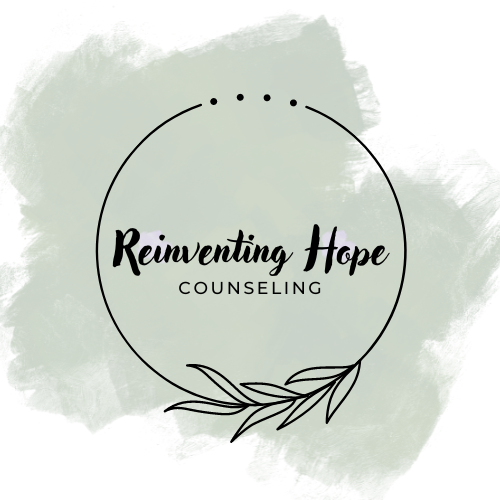Understanding Secure Attachment and Helpful Tips
Secure attachment refers to a healthy and positive emotional bond between a child and their primary caregiver, which forms the foundation for the child's future relationships and social development. When a child has a secure attachment, they feel safe and protected, and they trust that their caregiver will respond to their needs and provide comfort and support. They tend to have a positive view of themselves and others. Secure people ask for what they need, not afraid of conflict, feel relaxed, and protected with self and partner.
A securely attached person typically exhibits the following signs:
Trust: They are generally trusting of others and are comfortable being vulnerable with people they trust.
Independence: They are independent and able to function well on their own, but also have healthy and satisfying relationships with others as well as healthy boundaries.
Openness: They are open to new experiences, ideas, and people, and are not afraid to express themselves authentically.
Empathy: They are able to empathize with others and understand their perspectives.
Communication: They have good communication skills and are able to express their needs and feelings effectively.
Resilience: They are able to bounce back from setbacks and difficult situations, and have a positive outlook on life.
Consistency: They are consistent in their behavior and interactions with others, which fosters a sense of security and predictability.
As an adult, you can work towards becoming a securely attached person by developing and practicing positive relationship skills. This can involve:
Developing self-awareness and self-reflection: Understanding your own emotions, thoughts, and behavior patterns can help you identify areas where you may need to improve your attachment style. Identify your attachment style: Take some time to reflect on your attachment style. Do you tend to avoid close relationships? Do you become anxious or worried about being abandoned? Understanding your attachment style can help you recognize and address problematic patterns in your relationships.
Building trust: Trust is a fundamental aspect of secure attachment. Consistency, reliability, and honesty are all important factors in building trust with others.
Developing empathy and compassion: Being able to understand and empathize with others' emotions can help you build deeper connections with them, and foster a sense of security and safety in your relationships.
Practicing good communication: Clear and open communication is key to building healthy relationships. Being able to express your feelings and needs effectively, and listening actively to others, can help foster secure attachments. Communicate openly and honestly: Clear and honest communication is a key aspect of building secure attachments. Practice expressing your needs and feelings in a direct and respectful manner, and listen actively to others.
Practice emotional regulation: Being able to manage your emotions and respond appropriately to others' emotions is an important part of building secure attachments. Practice mindfulness, meditation, or other techniques that can help you regulate your emotions and respond more calmly and compassionately to others.
Practice self-care: Taking care of your own needs and well-being is an important aspect of developing a more secure attachment style. Make time for self-care activities, such as exercise, relaxation, and hobbies, and prioritize your own mental and physical health.
Seeking support: Seek out relationships with people who are supportive, empathetic, and trustworthy. Surrounding yourself with positive relationships can help you develop a more secure attachment style. If you have experienced a difficult childhood or trauma that may have affected your attachment style, seeking therapy or support can be a valuable tool in working through these issues and developing more secure attachments in your relationships. Working through these issues can help you develop a more secure attachment style.
Overall, securely attached individuals tend to have a healthy sense of self-worth, feel comfortable with intimacy and closeness, and have fulfilling relationships with others. Remember, developing a more secure attachment style is a process that takes time and effort. By practicing these skills consistently, you can build stronger and healthier relationships and enjoy greater emotional well-being.

